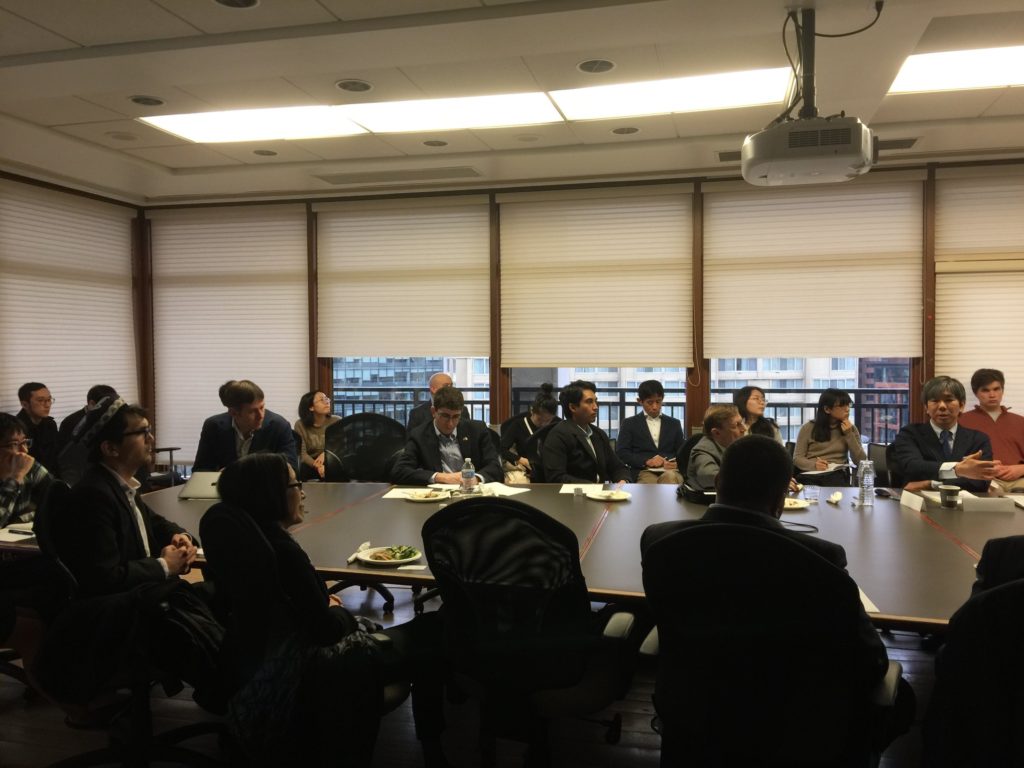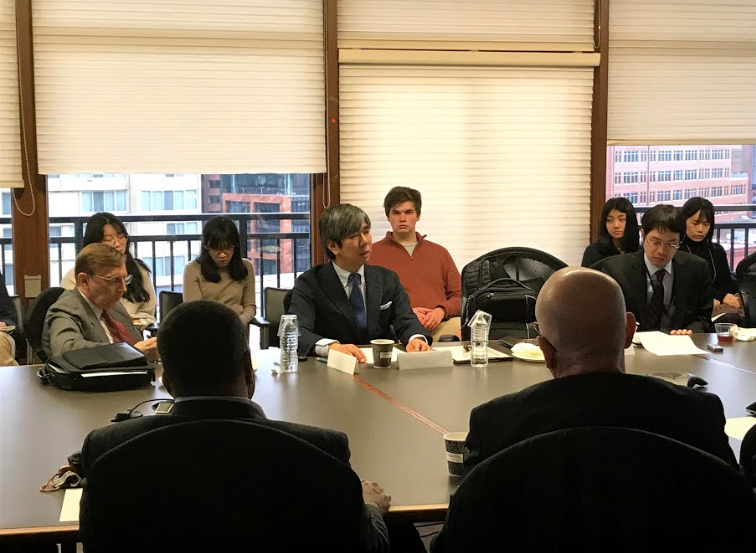Origins, evolution, and goals of Japan’s Free and Open Indo-Pacific initiative
Origins, evolution, and goals of Japan’s Free and Open Indo-Pacific initiative
On January 14th, 2020 the Edwin O. Reischauer Center for East Asian Studies and Dr. William Brooks hosted Dr. Yuichi Hosoya, Professor of international politics at 慶應義塾 / Keio University, to describe the origins, evolution, and goals of Japan’s Free and Open Indo-Pacific initiative (FOIP).

Dr. Hosoya explained that the first FOIP concept was referred to as a strategy and had its origins in the “Arc of Freedom and Prosperity” initiative put forward during Prime Minister Abe’s first term in office (2006-2007). This approach focused on fortifying the regional order by boosting ties between the “Quad” countries (United States, Australia, India and Japan). Dr. Hosoya argued that a “FOIP 2.0” has emerged since 2017, even as the Trump administration has adopted the language of the original. Japan’s new FOIP dispenses with the word “strategy” and accommodates China’s Belt and Road Initiative as a means to gain buy-in from ASEAN and reduce pressures towards regional bifurcation between the US and China.

Dr. Hosoya emphasized that FOIP 2.0 is not a tool of containment. Rather, it is meant to safeguard regional freedom of navigation, build infrastructure, and build up the institutional capacities of regional developing countries. He explained that deteriorating ties between the US and China are of grave concern to Japan and expressed hope that FOIP 2.0 could serve as a bridge between them. He then fielded audience questions on the US-Japan alliance, Japanese domestic politics, and Russia-Japan relations.
Categories
© 2025 The Edwin O. Reischauer Center for East Asian Studies at the Johns Hopkins School of Advanced International Studies (SAIS), a division of the Johns Hopkins University. All Rights Reserved.
Sitemap | Custom WordPress Design, Development & Digital Marketing by time4design.


